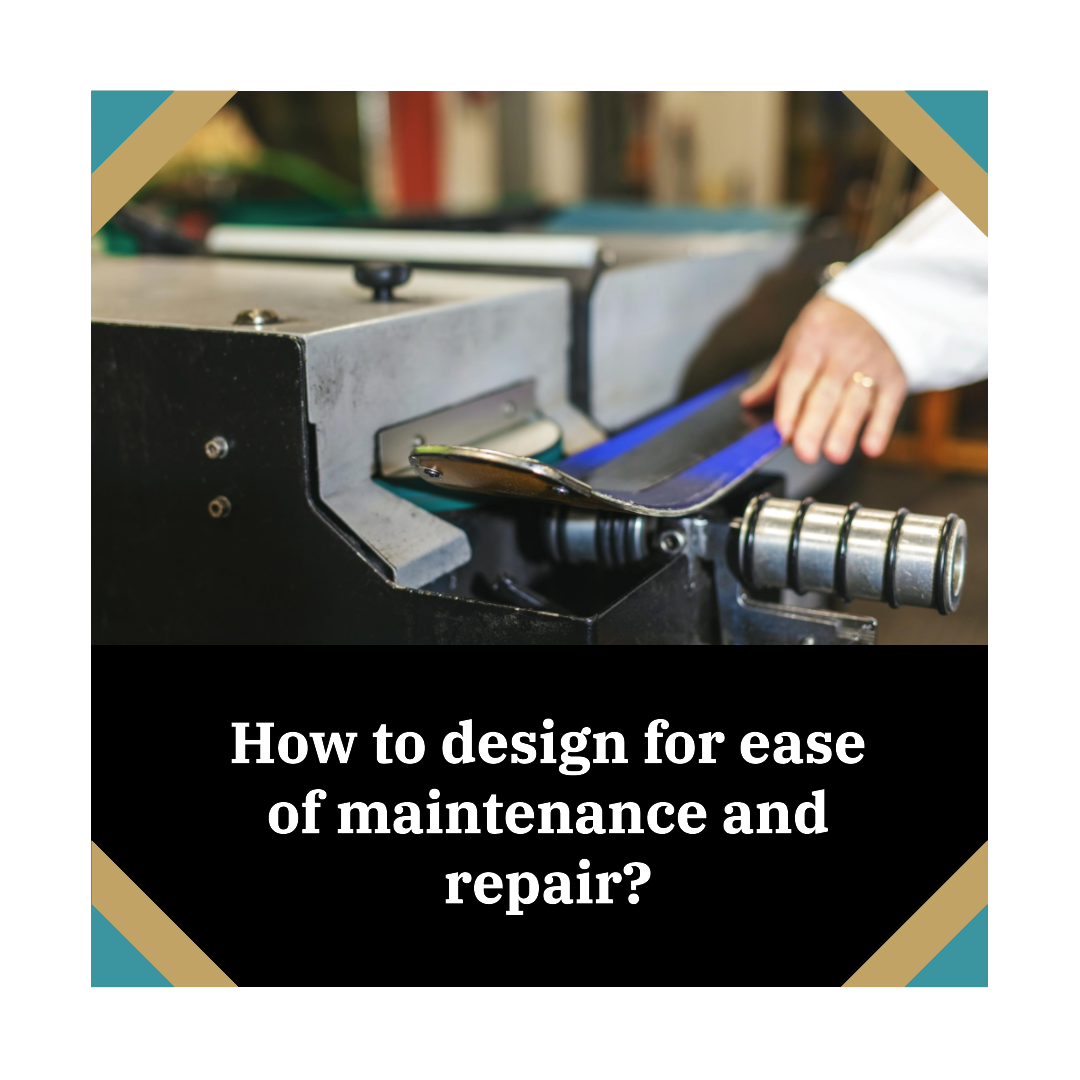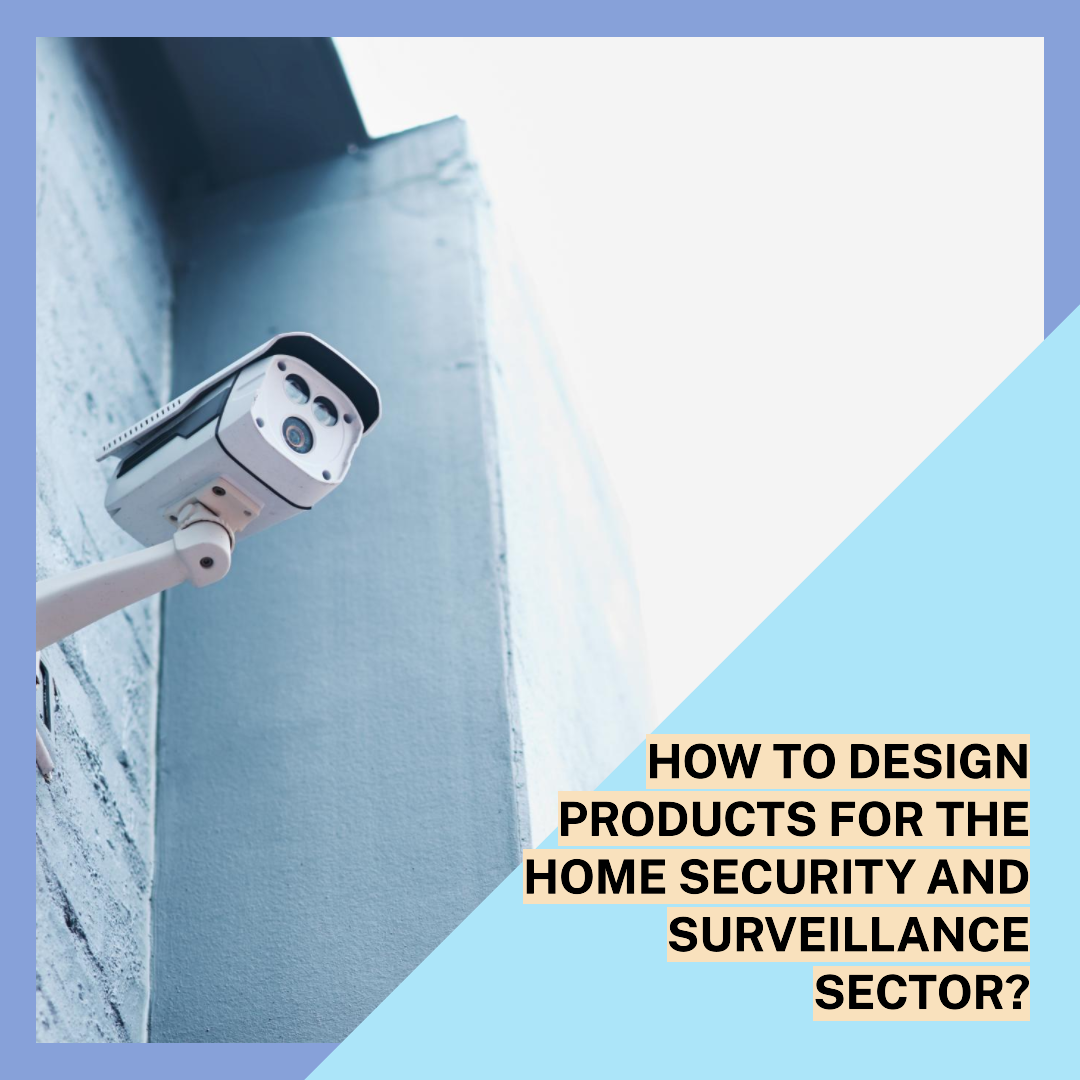How to design products for the healthcare industry?
Introduction
The healthcare industry is constantly evolving, and so too are the products that are designed to support it. As technology advances and patient needs change, healthcare product designers must be able to adapt and create innovative products that meet the needs of both patients and providers.
Designing products for the healthcare industry is a complex and challenging task. It requires a deep understanding of the healthcare system, the needs of patients and providers, and the latest technologies. However, it is also an incredibly rewarding task, as healthcare product designers have the opportunity to make a real difference in the lives of people around the world.
Key principles of designing products for the healthcare industry
When designing products for the healthcare industry, it is important to keep the following key principles in mind:
- Patient safety: Patient safety is the top priority in the healthcare industry. All products must be designed to be safe for patients to use, even if they are being used by patients with complex medical conditions.
- Usability: Products must be easy to use for both patients and providers. This is especially important for products that are being used in high-pressure or critical care settings.
- Effectiveness: Products must be effective at meeting the needs of patients and providers. This means that they must be reliable, accurate, and efficient.
- Affordability: Products must be affordable for both patients and healthcare providers. This is especially important for products that are being used in developing countries or by patients with limited financial resources.
Steps involved in designing products for the healthcare industry
The process of designing products for the healthcare industry typically involves the following steps:
- Needs assessment: The first step is to identify the needs of patients and providers. This can be done through surveys, interviews, and focus groups.
- Concept generation: Once the needs of patients and providers have been identified, the next step is to generate product concepts. This can be done through brainstorming, ideation sessions, and prototyping.
- Product evaluation: Once product concepts have been generated, the next step is to evaluate them based on the key principles of patient safety, usability, effectiveness, and affordability.
- Product development: Once a product concept has been selected, the next step is to develop it into a working prototype. This process may involve multiple iterations of design and testing.
- Clinical trials: Once a product prototype has been developed, it must be tested in clinical trials to ensure its safety and effectiveness.
- Regulatory approval: Once a product has been shown to be safe and effective in clinical trials, it must be approved by regulatory authorities before it can be marketed and sold.
Tips for designing successful products for the healthcare industry
Here are a few tips for designing successful products for the healthcare industry:
- Involve patients and providers in the design process: Patients and providers are the end users of your product, so it is important to involve them in the design process from the start. This will help to ensure that your product meets their needs and is easy to use.
- Use human-centered design principles: Human-centered design is a design approach that focuses on the needs and wants of the end user. When designing products for the healthcare industry, it is important to use human-centered design principles to ensure that your product is easy to use and meets the needs of both patients and providers.
- Keep up with the latest technologies: The healthcare industry is constantly evolving, and new technologies are emerging all the time. It is important to keep up with the latest technologies so that you can incorporate them into your product designs.
- Work with experienced partners: Designing products for the healthcare industry is a complex task. It is important to work with experienced partners, such as healthcare professionals, regulatory experts, and manufacturers, to ensure that your product is safe, effective, and compliant with all applicable regulations.
Examples of successful products designed for the healthcare industry
Here are a few examples of successful products that have been designed for the healthcare industry:
- Insulin pumps: Insulin pumps are devices that deliver insulin to people with diabetes. Insulin pumps have revolutionized the way that diabetes is managed, and they have helped to improve the quality of life for millions of people around the world.
- Electronic health records (EHRs): EHRs are digital versions of patient medical records. EHRs have made it easier for healthcare providers to access patient information and to coordinate care.
- Medical imaging devices: Medical imaging devices, such as MRI machines and CT scanners, allow healthcare providers to see inside the body without having to perform surgery. Medical imaging devices have revolutionized the diagnosis and treatment of many diseases and conditions.
- Wearable health devices: Wearable health devices, such as smartwatches and fitness trackers, are becoming increasingly popular. Wearable health devices can collect data on a variety of health metrics, such as heart rate, blood








